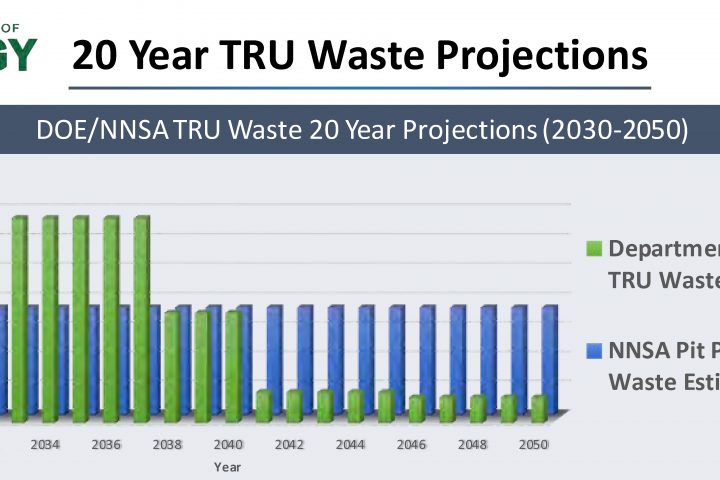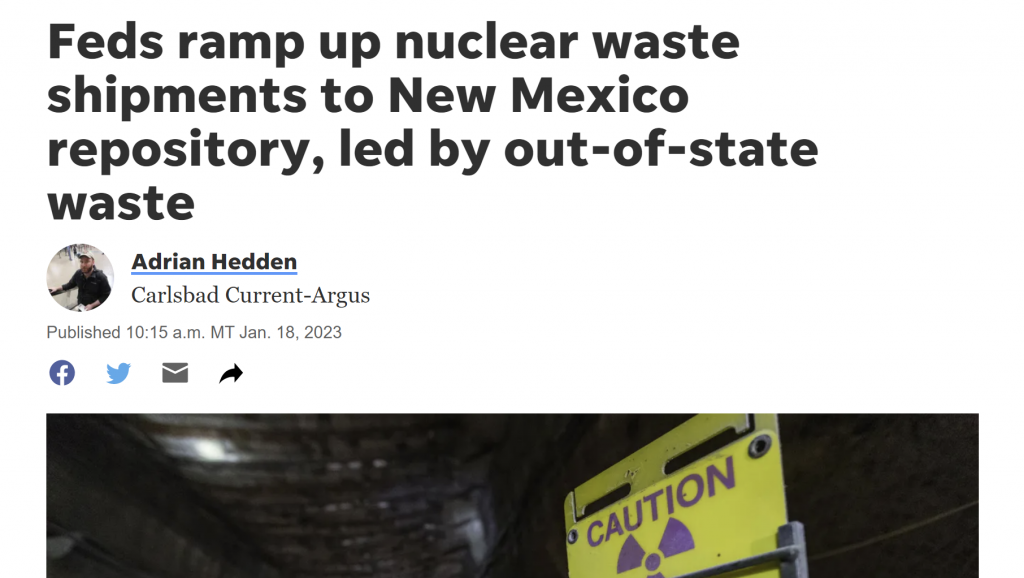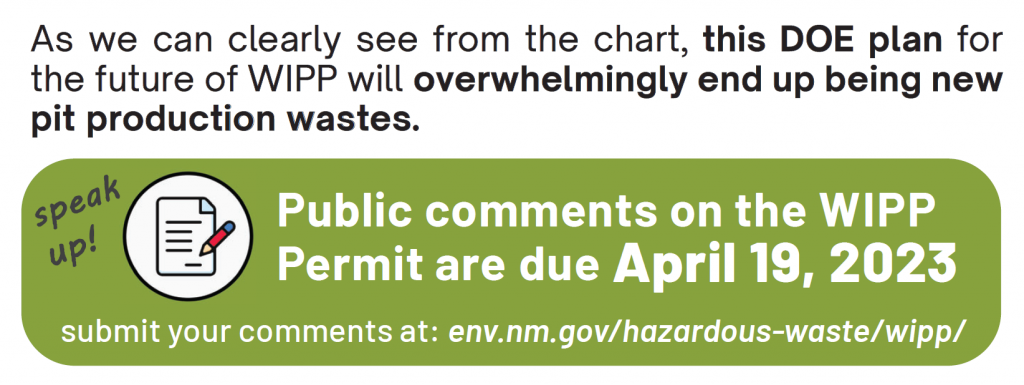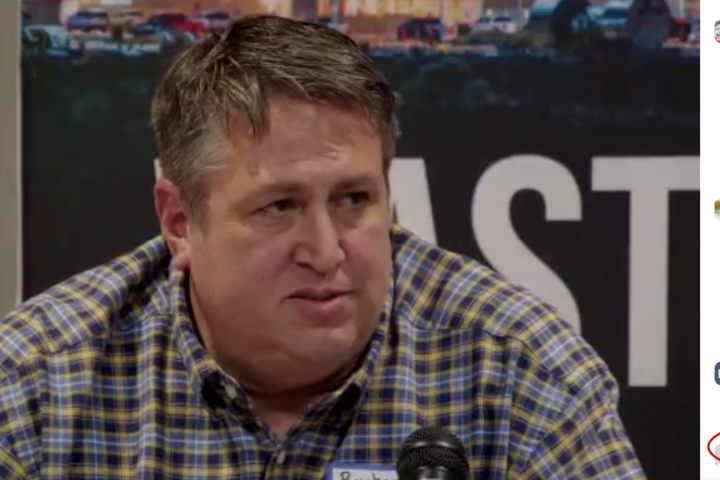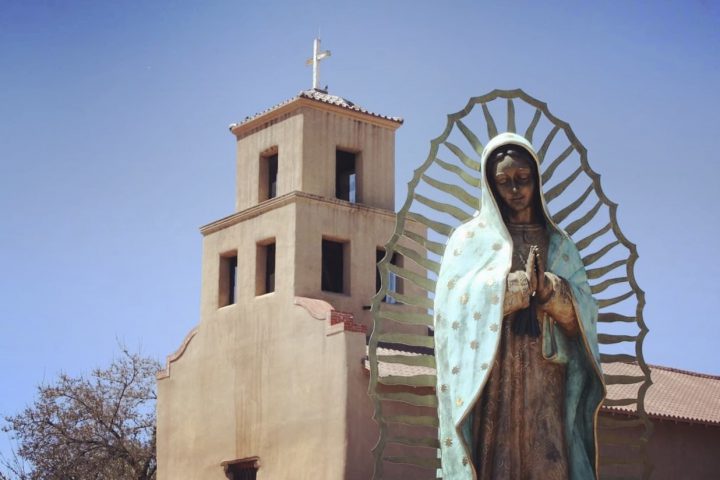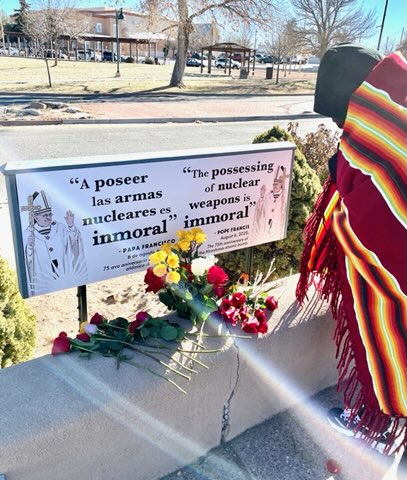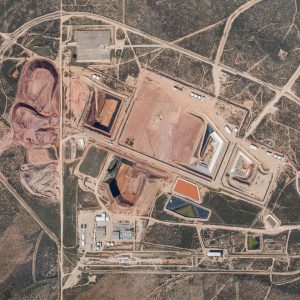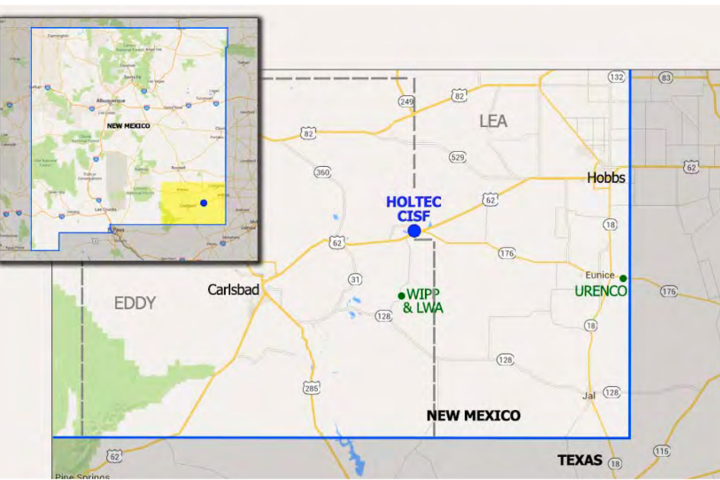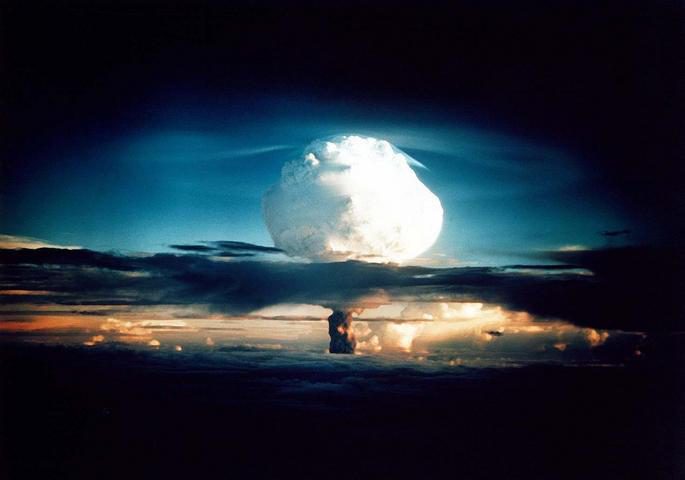NNSA’s mission is plutonium pit production…for the next 30 years and beyond.
NNSA HAS STATED CLEARLY: “WIPP IS ESSENTIAL FOR PIT PRODUCTION UNTIL 2080.”
As you can see clearly in the National Nuclear Security Administration’s chart above, NNSA is getting ready to dump radioactive wastes from plutonium pit production at WIPP for the next 30 years.
Waste from expanded pit production will soon far outweigh cleanup wastes.
Despite being located in New Mexico, out-of-state sites have been given priority over radioactive wastes from Los Alamos Lab.
ALL FUTURE PIT PRODUCTION is for speculative new designs that can’t be tested because of the international testing moratorium, thereby perhaps eroding confifidence in the stockpile. Or, alternatively, these new designs could push the U.S. into resuming testing, which would have severe proliferation consequences.
Pit production will add an estimated 57,550 cubic meters of radioactive plutonium wastes over 50 years, more than half of WIPP’s projected future capacity. The National Academy of Sciences has already concluded that WIPP doesn’t have sufficient capacity for all of DOE’s planned radioactive wastes.

